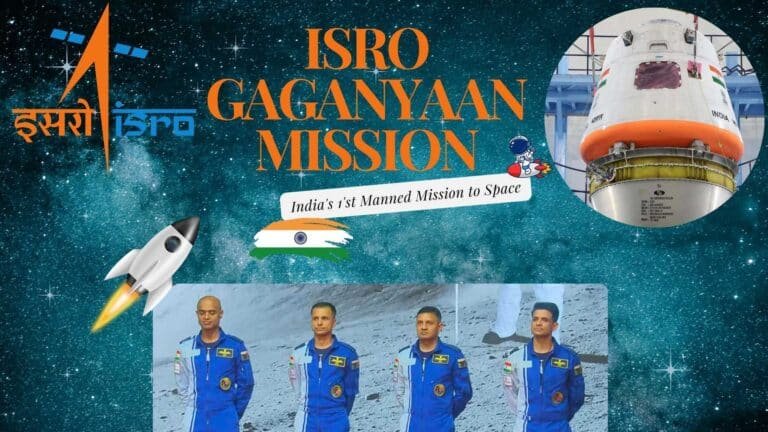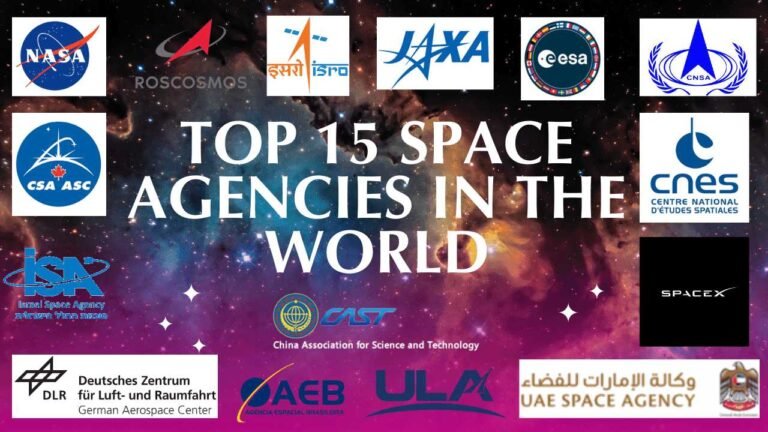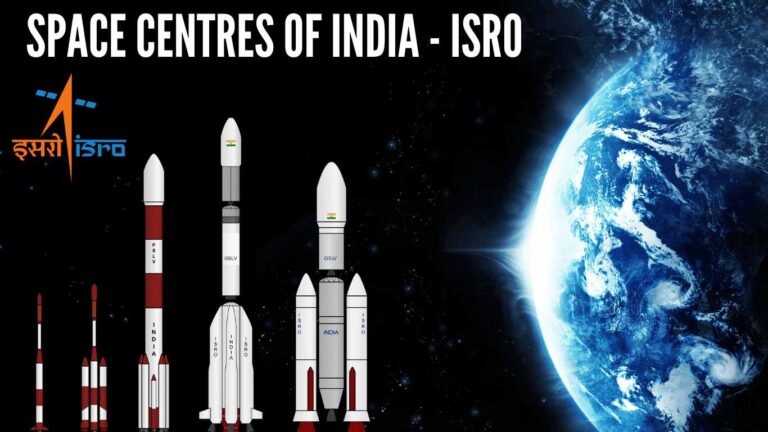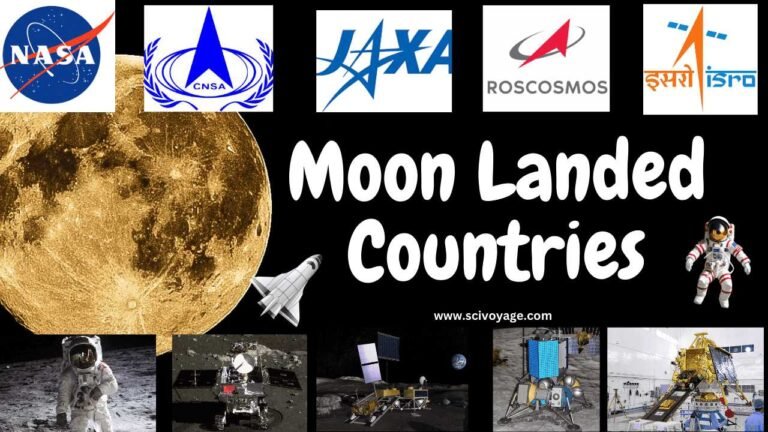Introduction
Space: the last great frontier. It’s not just a place we see in movies; it’s a vast realm that countries and companies worldwide are eager to explore. The excitement of rocket launches, the breathtaking pictures from far-off galaxies, and the groundbreaking experiments done in zero gravity – all of these are achievable because of the impressive abilities of different space agencies.
Today, we’ll delve into the Comprehensive Guide to the Global Space Agencies with Launch Capabilities and have the awe-inspiring power to launch us into space.
Overview of Space Exploration
Space exploration has advanced significantly since the Soviet Union launched the first artificial satellite, Sputnik, in 1957. This momentous event kicked off a competition to explore space, leading to rapid progress and remarkable accomplishments. From landing on the Moon to sending probes to Mars and beyond, the exploration of space showcases humanity’s boundless curiosity and creativity.
Importance of Launch Capabilities
The ability to launch spacecraft is essential for any space program. It turns ideas and plans into actual scientific exploration beyond the Earth’s atmosphere. Launch capabilities enable the sending of satellites, probes, and astronauts into space, unlocking endless opportunities for research, communication, and technological advancement.
Also read – Top 15 Space Agencies in the World for 2024
Overview of the Top Space Agencies with Launch Capabilities
National Aeronautics and Space Administration (NASA) – United States
History and Milestones
NASA, renowned for its role in space exploration, was established in response to the launch of Sputnik. Since its founding, NASA has been at the forefront of space exploration, undertaking groundbreaking missions such as the Apollo Moon landings, the Space Shuttle program, and the exploration of Mars with rovers.
Major Launch Facilities
Kennedy Space Center and Cape Canaveral stand out as iconic launch pads that have served as the departure gates for countless missions into space.
Key Missions and Innovations
From landing the first humans on the Moon to developing the Hubble Space Telescope, NASA’s legacy is rich with contributions that have expanded our understanding of the cosmos.
China National Space Administration (CNSA) – China
Genesis and Rapid Development
CNSA, representing China’s ambitious space dreams, has shown extraordinary progress, quickly becoming a major player in space exploration.
Long March Rocket Family and Launch Sites
The Long March rockets are China’s pathway to the heavens, launching from sites like Jiuquan Satellite Launch Center.
Milestone Missions and Future Plans
Landing the Chang’e landers on the Moon and the Tianwen-1 mission to Mars, CNSA has ambitious plans for space exploration, including crewed lunar missions.
Roscosmos (Russia)
Evolution from Soviet Space Program
The Russian space agency, Roscosmos, is the direct successor of the Soviet space program, which was a trailblazer in space exploration. They achieved milestones such as launching the first satellite and sending the first human into space, laying the foundation for all subsequent space missions.
Launch Sites and Spaceports
Baikonur Cosmodrome is the heart of Russian space launches, a historic site from where Yuri Gagarin embarked on his historic journey.
Significant Contributions and Spacecraft
Roscosmos has maintained a strong presence in space through the Soyuz spacecraft, a reliable workhorse for crewed and un-crewed missions.
Indian Space Research Organisation (ISRO) – India
Formation and Growth
Founded to harness space technology for national development, ISRO has made significant strides in demonstrating India’s prowess in space.
PSLV and GSLV Launch Vehicles
The Polar Satellite Launch Vehicle (PSLV) and Geosynchronous Satellite Launch Vehicle (GSLV) are the backbones of India’s space endeavors, launching both domestic and international satellites.
Notable Achievements and International Collaborations
From the Mars Orbiter Mission to extensive satellite services, ISRO has shown the world its capabilities, often fostering international collaborations.
Also read –List of ISRO Space Centers in India
ESA (European Space Agency)
Collaborative Foundation and Member States
ESA stands as a testament to the power of international cooperation. Established by multiple European countries, ESA has united resources and expertise to advance European space exploration.
Primary Launch Sites and Vehicles
The Ariane family of rockets is ESA’s pride, launching from French Guiana, bridging Europe to the stars.
Landmark Missions and Research
With missions like the Rosetta comet probe and the Gaia observatory, ESA has significantly contributed to our cosmic knowledge bank.
Also read – Top 5 Private Space Companies in India
Japan Aerospace Exploration Agency (JAXA) – Japan
Contributions to Space Science and Exploration
JAXA has carved a niche in space science, planetary exploration, and technology development, contributing significantly with missions to asteroids and the Moon.
Key Launch Vehicles and Facilities
The H-IIA and H-IIB rockets are Japan’s reliable carriers to orbit, launching from the Tanegashima Space Center.
Significant Missions: Hayabusa and Astronomical Observatories
With the successful asteroid sample-return missions of Hayabusa and the operations of cutting-edge spaceobservatories, JAXA continues to enhance our cosmic understanding.
Space Exploration Technologies Corporation (SpaceX) – United States
 Emergence as a Commercial Space Powerhouse
Emergence as a Commercial Space Powerhouse
Founded by Elon Musk, SpaceX has revolutionized space travel with its Falcon rockets and the ambition to make humans a multi-planetary species.
Innovations: Reusable Rockets and Starlink
The development of reusable rockets has been a game-changer, making space more accessible. Additionally, the Starlink project aims to provide global internet coverage from space.
Key Missions: ISS Resupply and Mars Ambitions
Supporting the ISS with cargo and crew missions, SpaceX’s eyes are firmly set on Mars, with plans for the first human missions in the coming years.
The Future of Space Launch Capabilities
The cosmos beckons with open arms, and the future of space launch capabilities looks brighter than ever. From NASA’s Space Launch System (SLS) poised to return humans to the Moon under the Artemis program to SpaceX’s Starship designed for Mars and beyond, the next generation of launch vehicles promises to redefine our reach in the cosmos.
Next-Generation Launch Vehicles
Innovative designs and technologies are reshaping what’s possible, making space more accessible and opening new frontiers for exploration and development.
SLS (Space Launch System) and Artemis Program
NASA’s SLS represents the pinnacle of government-led space exploration efforts, aiming to establish a sustainable human presence on the Moon as a stepping stone to Mars.
Starship: Revolutionizing Space Travel
SpaceX’s Starship, with its ambitious design for interplanetary travel, could revolutionize space travel, making Mars not just a distant dream but a feasible destination for humanity.
Global Trends in Rocket Technology
The push towards reusable rockets, miniaturization of technology, and advances in propulsion are making space more reachable and economically viable.
Challenges and Considerations
While space exploration offers excitement and opportunities, it also presents challenges and ethical dilemmas. Considerations such as the environmental effects of space launches, regulatory and safety issues, and the influence of private companies on the future of space exploration require thoughtful deliberation as we expand our presence in the cosmos.
Environmental Impacts of Space Launches
The footprint of rocket launches on the environment and potential space debris issues necessitate sustainable practices as we increase our activities in space.
Regulatory and Safety Concerns
Ensuring the safety of astronauts and the integrity of satellites requires robust regulatory frameworks and international standards.
The Role of Private Companies in Future Explorations
Private companies play an increasingly significant role in space, raising questions about governance, resource exploitation, and equitable access to space resources.
Also read – List of Moon Landed Countries
Conclusion
As we’ve explored the capabilities and dreams of space agencies worldwide, it’s evident that the path to the stars is now more vibrant and varied than ever.
With the ongoing significance of launch capabilities and the spirit of global cooperation and innovation, humanity is poised to reach unprecedented heights, fostering not only space exploration but also mutual understanding and common goals.
Let’s continue to gaze upwards, for the sky is merely a starting point, not a boundary.
Frequently Asked Questions
How many space agencies have launch capability?
Right now, there are 77 space agencies worldwide, and 16 of them can launch missions into space.
What are the top 5 space agencies of the world?
- NASA (National Aeronautics and Space Administration)
- ESA (European Space Agency
- Roscosmos (Russian Federal Space Agency)
- ISRO (Indian Space Research Organisation)
- CNSA (China National Space Administration)
Is ISRO a successful space agency?
ISRO stands out among the six government space agencies globally for its complete launch capabilities, ability to deploy cryogenic engines, conduct extraterrestrial missions, and manage a vast fleet of artificial satellites. Moreover, ISRO is one of just four government space agencies equipped with the capability for soft landings in unmanned missions.
Who is No 1 space agency in the world?
NASA
NASA is the most well-known and influential space agency in the world. It was established in 1958 by the United States government, in response to the Soviet Union’s launch of the first artificial satellite, Sputnik 1.How do commercial partnerships impact space exploration?
Commercial partnerships, like NASA’s collaboration with SpaceX, bring innovation, efficiency, and cost-effectiveness to space endeavours. Private companies contribute to the development of cutting-edge technologies, expanding the possibilities of space exploration.
Having any queries? – Do reach us at info@scivoyage.com


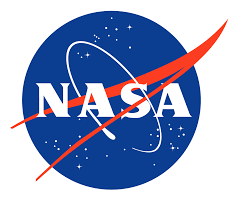

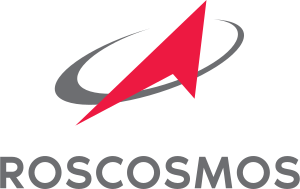
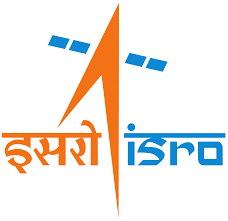
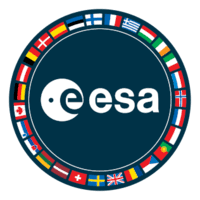

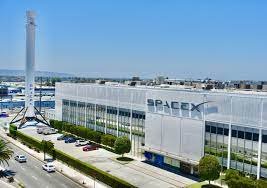 Emergence as a Commercial Space Powerhouse
Emergence as a Commercial Space Powerhouse
